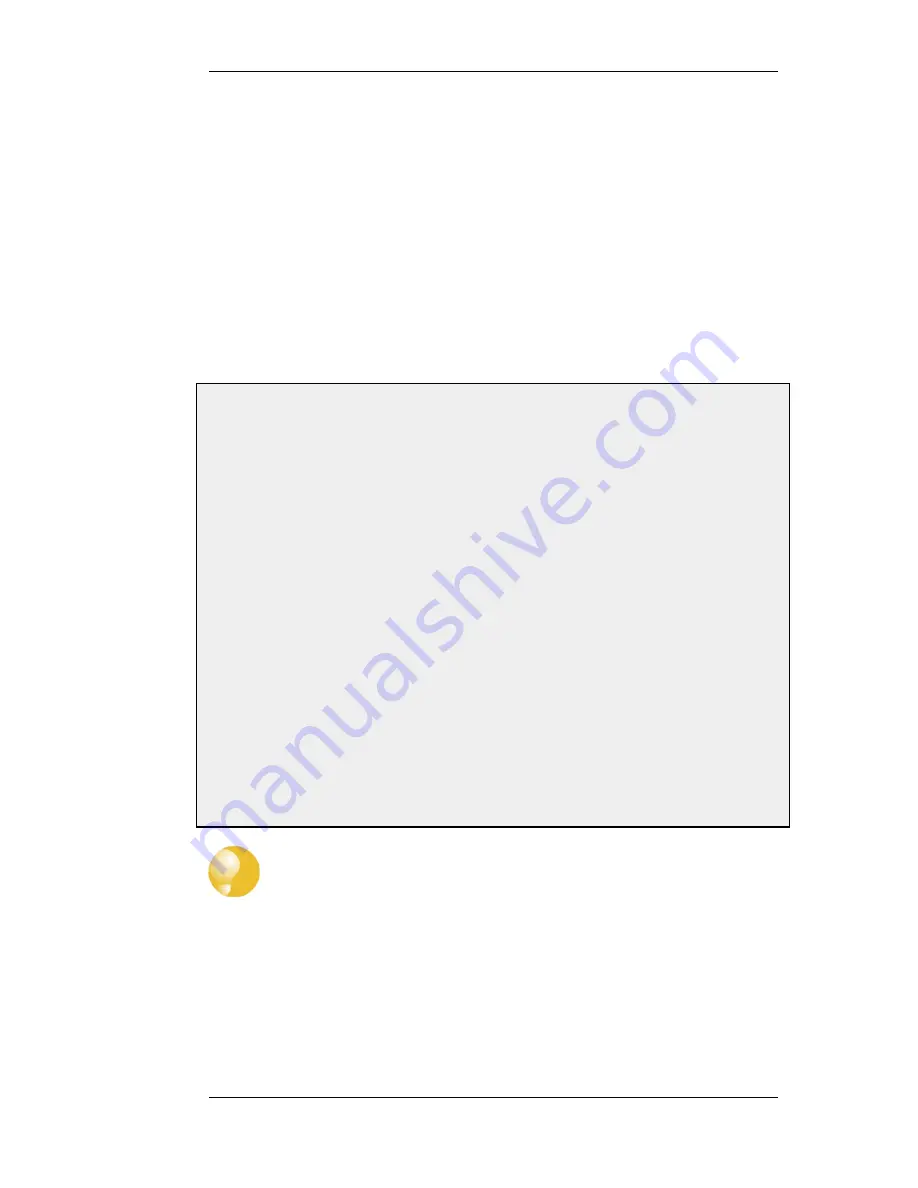
•
%IPADDR% - The IP address which is being browsed from.
•
%REASON% - The reason that access was denied.
•
- The web page URL for redirects.
The %REDIRURL% Parameter
In certain banner web pages, the parameter %REDIRURL% appears. This is a placeholder for the
original URL which was requested before the user login screen appeared for an unauthenticated
user. Following successful authentication, the user becomes redirected to the URL held by this
parameter.
Since %REDIRURL% only has this internal purpose, it should not be removed from web pages and
should appear in the FormLogin page if that is used.
Example 8.4. Editing Content Filtering HTTP Banner Files
This example shows how to modify the contents of the URL forbidden HTML page.
Web Interface
1.
Go to Objects > HTTP Banner files > Add > Auth Banner Files
2.
Enter a name such as new_forbidden and press OK
3.
The dialog for the new set of ALG banner files will appear
4.
Click the Edit & Preview tab
5.
Select FormLogin from the Page list
6.
Now edit the HTML source that appears in the text box for the Forbidden URL page
7.
Use Preview to check the layout if required
8.
Press Save to save the changes
9.
Click OK to exit editing
10. Go to Objects > ALG and select the relevant HTML ALG
11. Select new_forbidden as the HTML Banner
12. Click OK
13. Go to Configuration > Save & Activate to activate the new file
Tip: HTML file changes need to be saved
In the above example, more than one HTML file can be edited in a session but the
Save button should be pressed to save any edits before beginning editing on another
file.
Uploading with SCP
It is possible to upload new HTTP Banner files using SCP. The steps to do this are:
1.
Since SCP cannot be used to download the original default HTML, the source code must be
first copied from the WebUI and pasted into a local text file which is then edited using an
appropriate editor.
8.3. Customizing HTML Pages
Chapter 8. User Authentication
380
Содержание DFL-1600 - Security Appliance
Страница 27: ...1 3 NetDefendOS State Engine Packet Flow Chapter 1 NetDefendOS Overview 27 ...
Страница 79: ...2 7 3 Restore to Factory Defaults Chapter 2 Management and Maintenance 79 ...
Страница 146: ...3 9 DNS Chapter 3 Fundamentals 146 ...
Страница 227: ...4 7 5 Advanced Settings for Transparent Mode Chapter 4 Routing 227 ...
Страница 241: ...5 4 IP Pools Chapter 5 DHCP Services 241 ...
Страница 339: ...6 7 Blacklisting Hosts and Networks Chapter 6 Security Mechanisms 339 ...
Страница 360: ...7 4 7 SAT and FwdFast Rules Chapter 7 Address Translation 360 ...
Страница 382: ...8 3 Customizing HTML Pages Chapter 8 User Authentication 382 ...
Страница 386: ... The TLS ALG 9 1 5 The TLS Alternative for VPN Chapter 9 VPN 386 ...
Страница 439: ...Figure 9 3 PPTP Client Usage 9 5 4 PPTP L2TP Clients Chapter 9 VPN 439 ...
Страница 450: ...9 7 6 Specific Symptoms Chapter 9 VPN 450 ...
Страница 488: ...10 4 6 Setting Up SLB_SAT Rules Chapter 10 Traffic Management 488 ...
Страница 503: ...11 6 HA Advanced Settings Chapter 11 High Availability 503 ...
Страница 510: ...12 3 5 Limitations Chapter 12 ZoneDefense 510 ...
Страница 533: ...13 9 Miscellaneous Settings Chapter 13 Advanced Settings 533 ...






























